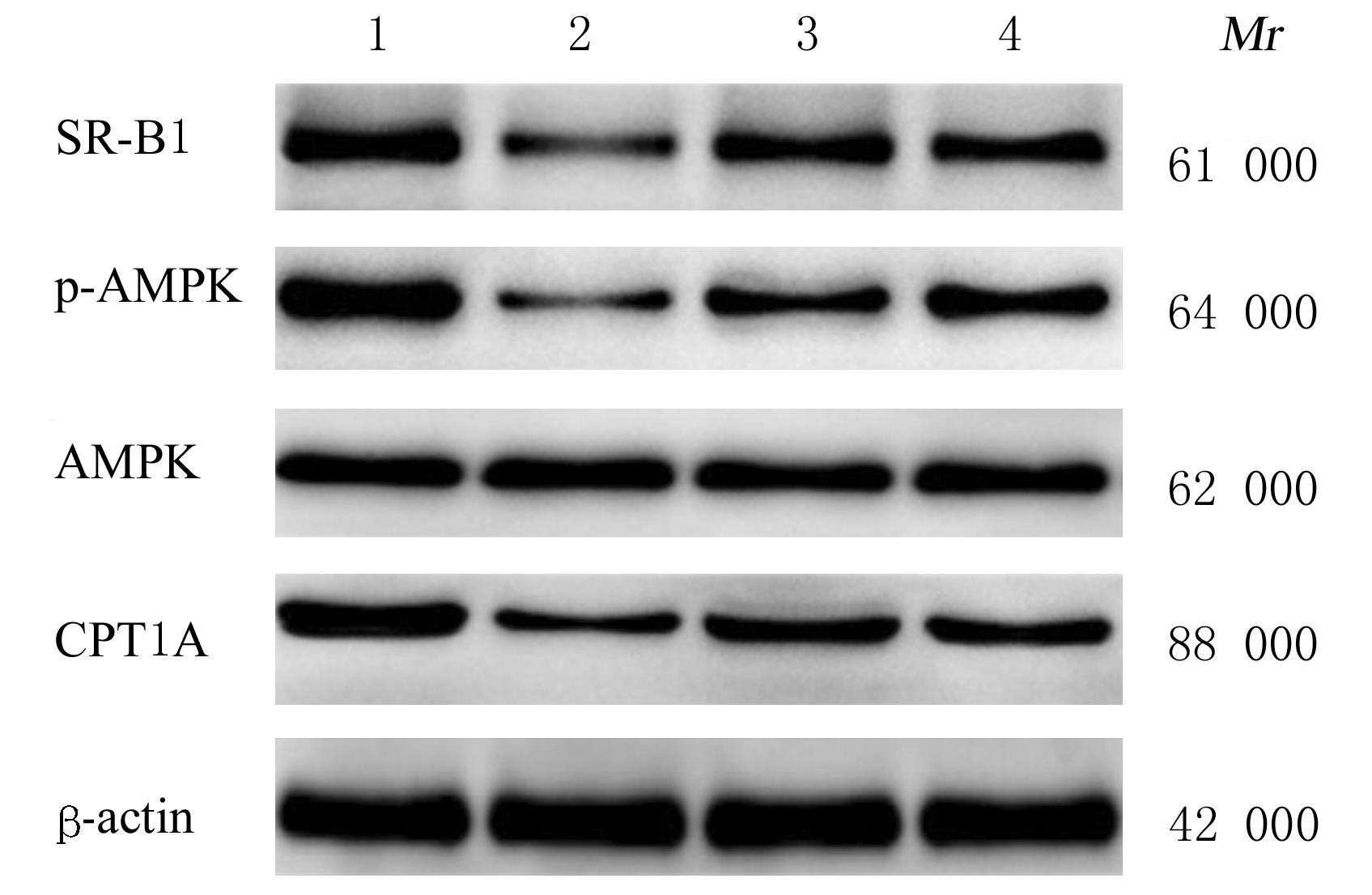| [1] |
ZHENG Dong-chun,FENG Shu-juan,ZHOU Li-ting,CHEN Xin,WU Juan,LI Chun-yan,WANG Shu-yue,YE Lin. Meta-analysis on correlation between TLR4 Asp299Gly polymorphism and
coronary heart disease[J]. Journal of Jilin University Medicine Edition, 2013, 39(5): 975
-979
. |
| [2] |
FU Xin, GONG Fumei, DING Ning, ZHU Jing, YANG Chunguang, HU Xuejun. Preparation and purification of recombinant proteins of elastin-like polypeptide for displaying two epitopes of NT-proBNP[J]. Journal of Jilin University(Medicine Edition), 2020, 46(03): 458
-463
. |
| [3] |
Guangsong XU,Haibing JIANG,Jing PAN,Guoqing LI. Inhibitory effects of betulinic acid on migration and invasion of gastric cancer MGC-803 cells and their mechanisms[J]. Journal of Jilin University(Medicine Edition), 2022, 48(1): 122
-128
. |
| [4] |
Peiyu YAN,Aichen ZHANG,Hong ZHANG,Yang LI,Mengmeng ZHANG,Mengze LUO,Ying PAN. Therapeutic effect of adipose-derived mesenchymal stem cells on premature ovarian failure model rats and its mechanism[J]. Journal of Jilin University(Medicine Edition), 2022, 48(3): 648
-656
. |
| [5] |
Zishen XIAO,Shuteng DIAO,Lishuang ZHANG,Jie LIU,Lijuan YANG,Xinyu FENG,Zhenjiang WANG,Yanbo LIU. Promotion effect of IL-17A on migration of prostatic cancer cells and its mechanism[J]. Journal of Jilin University(Medicine Edition), 2020, 46(6): 1194
-1201
. |
| [6] |
Xiao LI,Zhenhui MA,Yuanyuan WANG,Yaping TIAN. Effects of Astragalus Injection on proliferation and adhesion function of human keratinocytes and its mechanism in treatment of psoriasis[J]. Journal of Jilin University(Medicine Edition), 2020, 46(6): 1202
-1207
. |
| [7] |
Yue WANG,Meili LU,Hongxin WANG. Protective effect of astragaloside Ⅳ on hypoxia-induced vascular injury and its mechanism[J]. Journal of Jilin University(Medicine Edition), 2022, 48(5): 1101
-1108
. |
| [8] |
Wenjie WANG,Sheng SHU,Shanshan XU,Yubin XU. Protective effect of arctigenin on cerebral ischemia- reperfusion injury based on serum metabolomics and its molecular mechanism[J]. Journal of Jilin University(Medicine Edition), 2022, 48(5): 1116
-1123
. |
| [9] |
Zhao JIN,Rushuai WANG,Zhaoyang WANG,zhanbiao HE,Fuming TIAN,Ruijun WANG. Effect of Parnassia palustris Linn extracts on Helicobacter pylori colonization in gastric mucosa and its mechanism[J]. Journal of Jilin University(Medicine Edition), 2022, 48(5): 1131
-1138
. |
| [10] |
Wenmin GAO,Tianhui HE,Lan YAO,Hanghong WU,Zhenwei CHEN,Yupei LAI,Jianhui XU,Jie ZHANG. Effect of lateral parabrachial nucleus chemical lession on fever induced by lipopolysaccharide in rats[J]. Journal of Jilin University(Medicine Edition), 2022, 48(6): 1375
-1381
. |
|
 )
)









